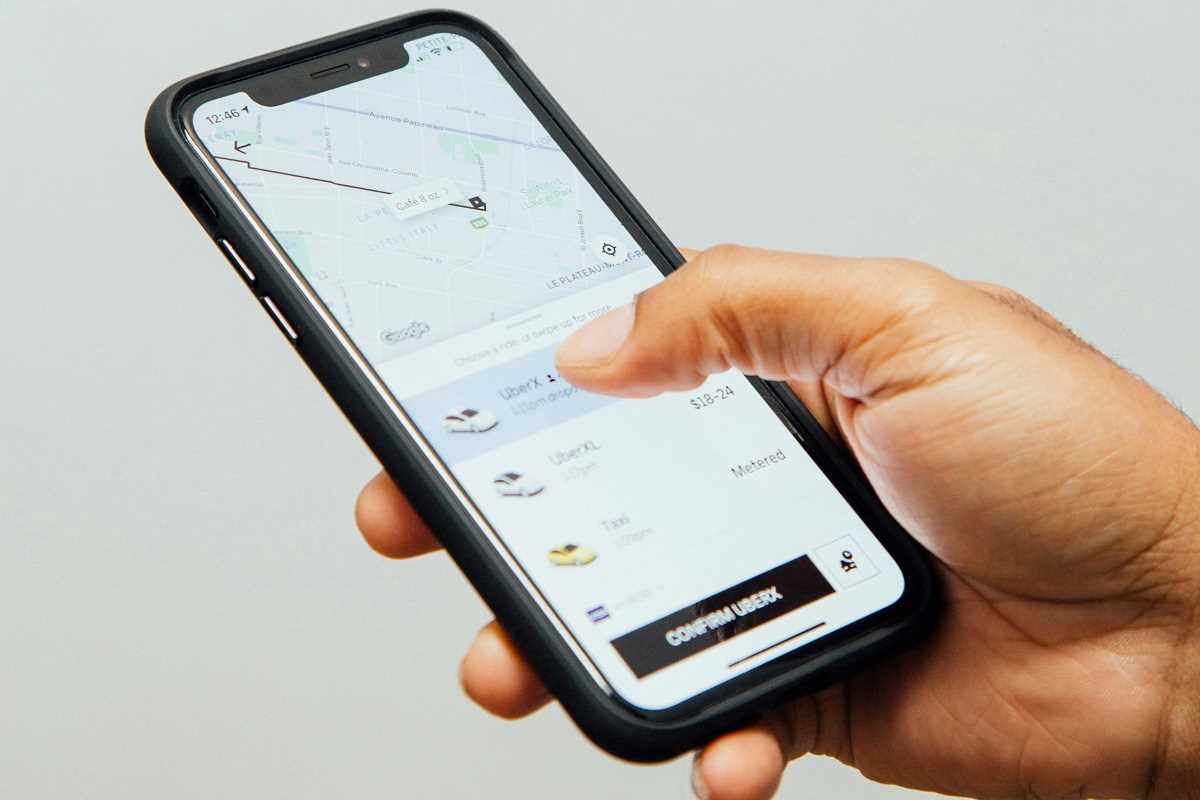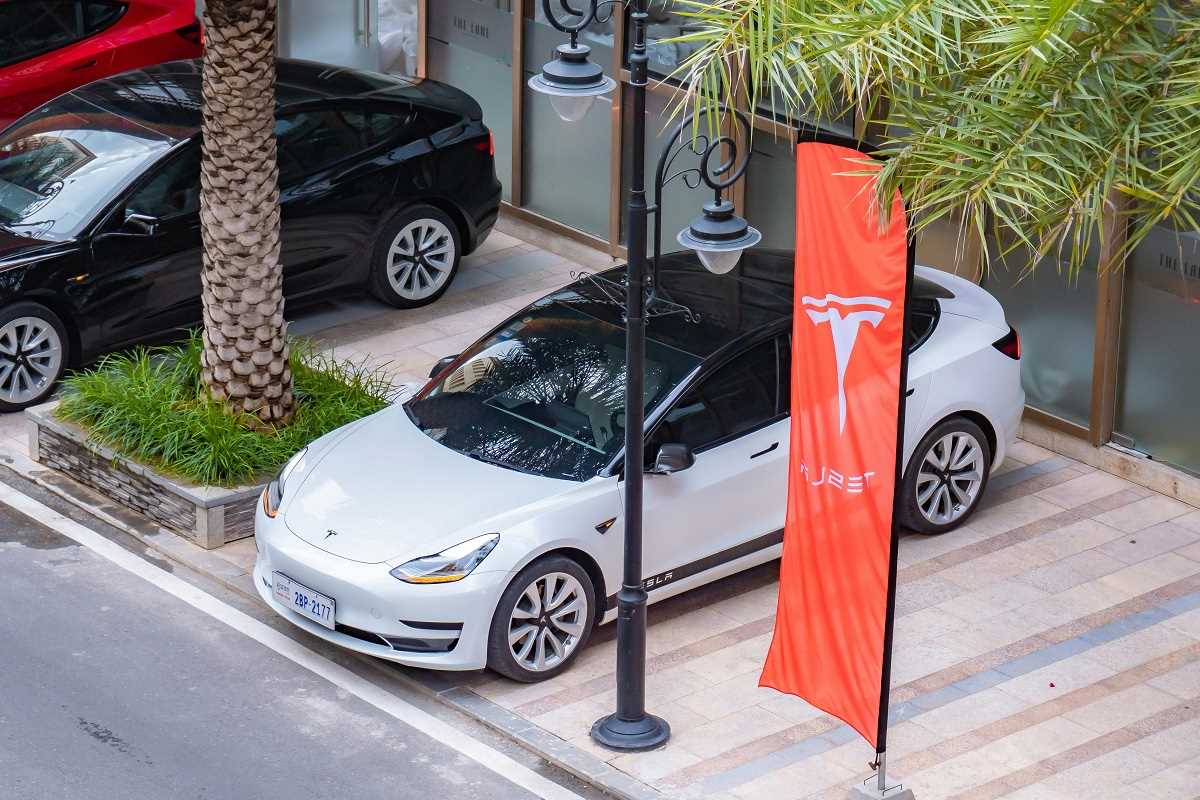The automotive world is evolving rapidly, and car subscriptions are at the forefront of this change. Car owners are discovering a new way to access features that range from heated seats to adaptive cruise control—not by upgrading to a new vehicle, but through software updates delivered via subscriptions. But is this emerging trend a game-changer for convenience, or is it another way for manufacturers to nickel-and-dime their most loyal customers?
Let's dig into the mechanics of car subscriptions, their potential benefits, and the skepticism surrounding them.
What are Car Subscriptions?
At their core, car subscriptions work like app-based software subscriptions. Some vehicle features, which historically came bundled in premium trims or optional packages, are now being offered à la carte for a monthly or annual fee.
Instead of paying upfront for features like lane-keeping assistance or an upgraded sound system at the time of purchase, drivers can activate (or deactivate) these features anytime via a subscription service.
It’s similar to what Tesla has done with its “Full Self-Driving” feature, which is now offered as a monthly subscription. BMW has also experimented with subscriptions for features like heated seats and adaptive headlights, creating quite a stir online.
Why Are Subscriptions Gaining Popularity?
1. Flexibility and Personalization
Car subscriptions allow drivers to experience only the features they need, when they need them. For instance:
- Heading into winter? Activate heated seats for a few months rather than paying a premium upfront.
- Planning a long road trip? Subscribe to advanced navigation for seamless travel.
This model provides greater customization, tailoring the vehicle to the driver’s current situations and seasons.
2. Lower Initial Costs
For manufacturers offering high-tech features, including them across all models can significantly increase production costs. Subscriptions, on the other hand, allow for a lower upfront price point. Buyers who don’t need advanced features can skip paying for them entirely, while others can opt in later.
3. Easy Feature Upgrades
With over-the-air software updates, car manufacturers can offer upgrades instantly. Gone are the days of needing to trade in your car just to access the latest tech perks.
The Case Against Car Subscriptions
While the concept of paying for features sounds innovative, it hasn’t been received positively by everyone.
1. Frustration Over Double-Charging
Many drivers argue that they’ve already paid for the car hardware—including the components necessary to enable these features. The subscription then feels like paying twice for something that should already be included. If the heated seats are installed in the car, why force drivers to pay extra to turn them on?
2. Lack of True Ownership
Traditionally, buying a car has provided customers with a sense of ownership. Subscriptions turn this on its head by attaching an ongoing, indefinite cost to features that used to be a one-time purchase.
3. Long-Term Costs
What looks affordable month-to-month can add up significantly over time. Subscription services may cost more in the end compared to traditional upfront pricing.
4. Trust Issues with Automakers
Trust plays a significant role in consumer adoption. Some people feel that manufacturers are using subscriptions as cash grabs rather than a genuine value-add. Early adopters of Tesla’s Full Self-Driving subscription voiced concerns about its steep price and whether it delivered on promises.
Is This the Future, or a Passing Fad?
Car subscriptions align with a growing "subscription culture," which has already disrupted industries like entertainment, software, and fitness. However, whether this model will succeed in the auto industry largely depends on how manufacturers balance innovation and consumer trust.
For Subscriptions to Work, Automakers Need To:
- Ensure transparency in pricing and provide clarity on what is included in base models.
- Offer fair, flexible pricing that feels worth the cost to customers.
- Avoid locking essential safety or performance features (like airbags or anti-lock brakes) behind paywalls completely.
Car subscriptions are undoubtedly here to stay, especially as vehicles become more reliant on software and connectivity. For some drivers, this approach will feel like a breath of fresh air, allowing for flexibility and more budget-conscious car ownership. For others, it’s a symbol of the growing “rent everything” trend that's eroding the concept of ownership.
What’s clear is that automakers must tread carefully. If executed well, subscriptions could enhance the long-term value of vehicles. But if mishandled, they risk alienating customers and tarnishing their brands.
What do you think? Are car subscriptions the ultimate convenience or an unnecessary expense? Share your views in the comments below!
 (Image via
(Image via





